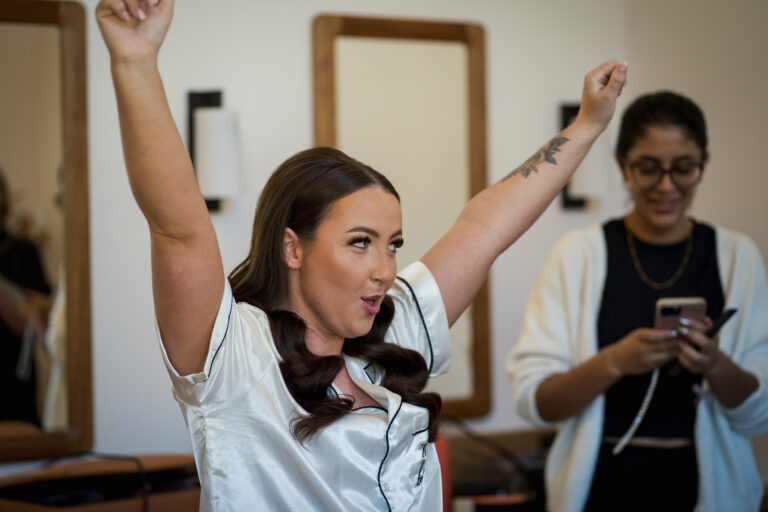Weddings have always been deeply personal, but in 2025, couples are making more intentional choices than ever about how they celebrate their big day. Two of the biggest trends this year are micro-weddings and grand celebrations, and while they sit at opposite ends of the spectrum, both offer unique and meaningful ways to say “I do.”
Micro-Weddings vs Grand Celebrations: What’s the Best Fit?
The Charm of Micro-Weddings
There’s something undeniably special about a micro-wedding. With a guest list of fewer than 50 people, these weddings focus on close relationships, meaningful moments, and a relaxed atmosphere. Instead of rushing from table to table trying to greet hundreds of guests, couples can actually spend quality time with each person, creating a truly intimate experience.
One of the biggest perks of a micro-wedding? More flexibility with venue choices. With a smaller crowd, you’re no longer limited to large banquet halls or hotel ballrooms. Instead, couples can exchange vows in a charming boutique hotel, a cosy private home, a scenic vineyard, or even an adventurous destination elopement. And since micro-weddings often cost significantly less than grand celebrations, couples have the option to splurge on the details that mean the most—think high-end photography, gourmet dining, or luxury honeymoon experiences.
But of course, micro-weddings do come with some trade-offs. A limited guest list means tough decisions on who to invite, which can sometimes lead to tricky conversations or hurt feelings. And while some couples love the intimate feel, others might worry that a smaller event lacks the lively energy and excitement of a bigger celebration.
The Magic of Grand Celebrations
For those who have always dreamed of a big, vibrant wedding, a grand celebration is the way to go. There’s nothing quite like the electrifying atmosphere of a packed dance floor, the cheers of a full room during the speeches, and the feeling of being surrounded by friends, family, and colleagues who have come together to celebrate your love.
A larger guest list means you don’t have to make as many difficult cuts—extended family, childhood friends, and colleagues can all be included. The scale of a grand wedding also opens up opportunities for spectacular entertainment, extravagant decor, and unforgettable moments, from fireworks displays to live bands and elaborate themed receptions.
However, with great size comes great responsibility. The logistics of planning a large wedding can be overwhelming—coordinating seating charts, schedules, and RSVPs can quickly become a full-time job. Costs can also skyrocket, from catering and venue hire to entertainment and decorations. And while a big wedding ensures no one is left out, some couples find that they barely get a chance to speak to each guest, spending more time managing the event than actually enjoying it.
How to Decide: Micro-Wedding or Grand Celebration?
So, which one is right for you? It all comes down to your personal priorities.
- If you want an intimate, relaxed experience with plenty of personal touches, a micro-wedding could be your dream day.
- If you thrive on energy, love a big party, and want to include as many people as possible, a grand celebration might be the perfect fit.
- Budget considerations also play a role—while micro-weddings often allow for more luxury in certain areas, grand celebrations offer a once-in-a-lifetime spectacle that some couples wouldn’t trade for the world.
- External factors, like family expectations and cultural traditions, can also influence the decision—some families may prefer a larger gathering, while others value a more intimate setting.
The Final Word
There’s no right or wrong answer when it comes to wedding size. Whether you choose a micro-wedding filled with heartfelt moments or a grand celebration bursting with excitement, the most important thing is that the day feels authentic to you. After all, the best weddings aren’t about following trends—they’re about celebrating love in a way that feels just right for you and your partner.
Keywords for SEO:
- Micro-weddings
- Grand wedding celebrations
- Wedding trends 2025
- Intimate wedding ideas
- Large wedding planning
- Wedding guest list decisions
- Micro-wedding pros and cons
- Grand wedding benefits
- Budget-friendly weddings
- Luxury wedding planning
- Small vs. large weddings
- Wedding planning tips 2025
- Stress-free wedding planning
- Wedding venue selection
- Personalised wedding experiences





